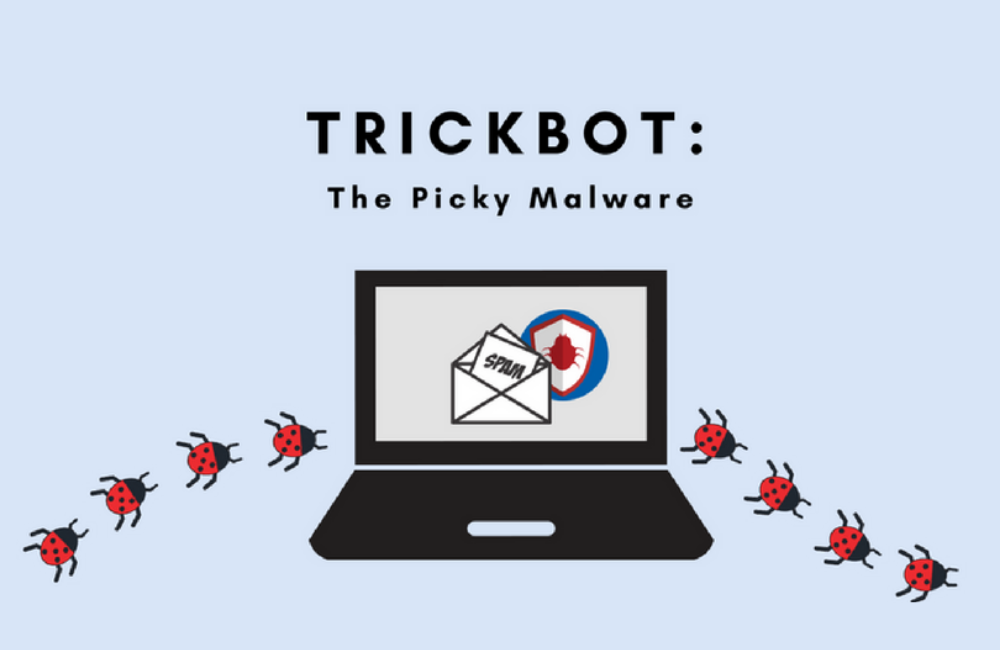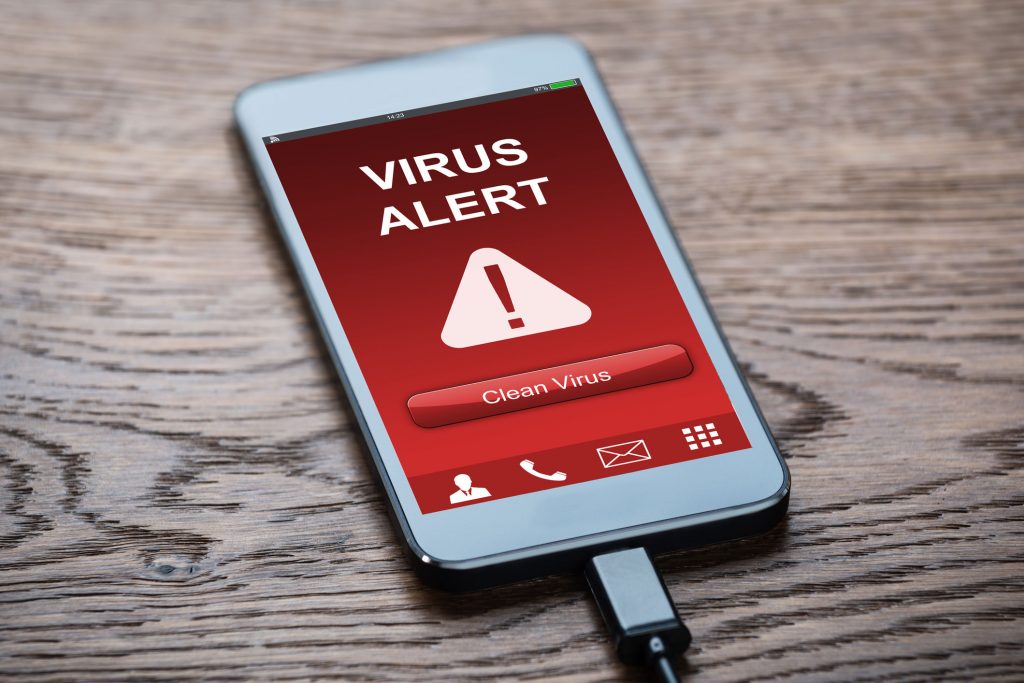A recent report has stated that around 143 million consumers and smart devices were targeted by malware in the form of coronavirus-themed attacks at the second quarter of 2020. Among all the reported scams during the period of April to June, two most common were the free Netflix subscriptions and fraud PM CARE Fund apps. The month of June had the highest detection of Windows malware with daily detections of around 1.5 million as soon as businesses opened up as a result of the beginning of unlock phase.
The researchers of cyber security firm Quick Heal has stated that the attackers are nowadays using Covid-19 as a bait for dropping malicious payloads to consumer devices in the form of phishing emails having infected attachments. Quick Heal’s “Quarterly Threat Report” says that ‘Trickbot’ is an active distributor for malware through phishing emails. The report also says that exploits at the emergence of new SMB is allowing attackers to have full control of victim’s machine or crack any system at the network. In the list of top 10 Android malware, “Android.Bruad.A” is in the first position with 32% detections.

There are also some malicious applications that look genuine but they infect the devices by injecting malicious information. The fake “Aarogya Setu” app is in the lead as a large number of people are downloading it due to increased number of Covid-19 cases. On the other hand, “Eventbot” is a dangerous mobile Trojan at the banking domain which hacks into the in-built accessibility of phones and steals data by reading SMSs and banking PINs. It can also bypass the two-factor authentication process of the banking apps that offer security to the user. Network Security Scan, which is an in-house feature of Quick Heal was used for maximum malware detection and it can identify cyberattacks and stop malicious payloads from entering devices.

